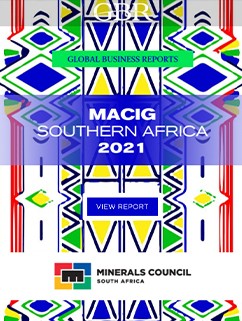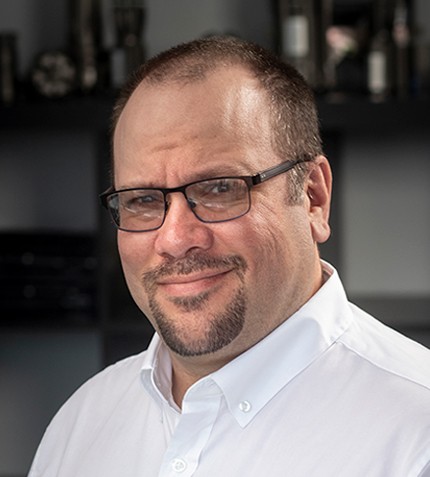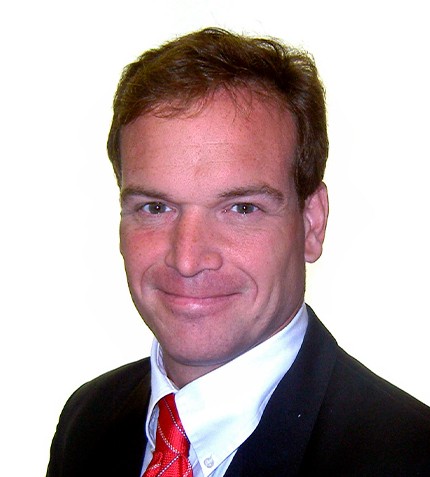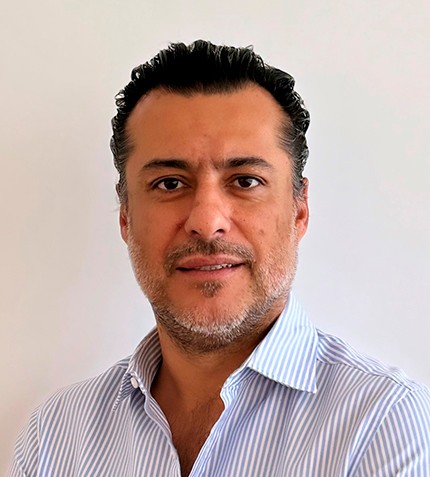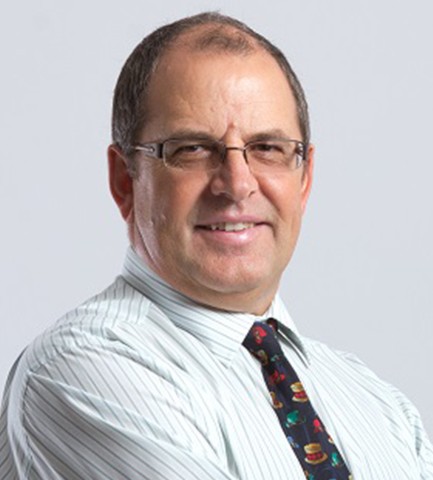
"The Mandela Mining Precinct is working with key stakeholders to look into the possibility of establishing an underground testing facility."
RELATED PUBLICATION
Johan le Roux
DIRECTOR, MANDELA MINING PRECINCT
What are the history and role of the Mandela Mining Precinct and what are some of its recent accomplishments?
The Mandela Mining Precinct is a Public-Private Partnership between the Department of Science and Innovation and the Minerals Council South Africa established to implement the South African Extraction, Research, Development and Innovation (SAMERDI) strategy. The strategic journey of the Precinct is aligned to the National Development Plan, the DSI White Paper on Science, Technology and Innovation, and the Minerals Council 2030 Vision for Modernisation. The Precinct is jointly hosted and managed by the CSIR and the Minerals Council.
Through its Advanced Orebody Knowledge research program, the Precinct launched the National au and PGM resource Atlas in June 2021. The Atlas is a direct reflection of the vision of SAMERDI which is to maximize the returns of South Africa’s mineral wealth to ensure the sustainability of the mining industry. The au and PGM resource atlas is publicly available for immediate uptake and use by researchers, students and industry.
Also, in an effort to extend the life of current mines, the Longevity of Current Mines research program launched an open innovation challenge to develop a new rock drill for the industry. Underground testing is underway.
The South African mining industry has been in decline. What should be done to facilitate its rise and to foster and ensure its long-term sustainability?
The underground gold and platinum mining sector are in decline due the increasing depth of operations and the ever-increasing costs of extraction. These operations need to be modernised through energy efficiencies, the introduction of remotely controlled rock removal equipment, and improving working conditions.
What is hindering the digital mining revolution in South Africa?
Considering this question in the broader context of 4IR in mining, some potentially hindering factors relate to business construct and sophistication of innovation, as well as to people and or organizational culture.
What is on your agenda as an organization for 2021 – 2022?
Mines are reporting low rates of underground diamond drilling, aggravated by a shortage of skilled operators. We are investing in a first-of-its-kind smart drill. While it is currently in experimental phase, the smart drill has been meticulously developed prioritizing several key features that pave the way towards the industry’s transition to the fourth industrial revolution, incorporating AI and machine learning.
We have also conceptualized the “connected miner”. In the future, we envisage mine employees utilizing wearable technology including a communication device linked to the mine’s underground ICT infrastructure, sensors to monitor heartbeat and temperature; and audio and visual channel attached to hard hats with a power supply to last one full shift.
The Mandela Mining Precinct is also working closely with key stakeholders in the industry to look into the possibility of establishing an underground testing facility. The test facility will provide a real-life facility to conduct research and development, which can be conducted either in laboratory facilities and test beds established at site on surface, or in the underground environment.
From an energy perspective, work will be done to determine the rate saving for a reduction in carbon footprint and the development of a mining industry energy management plan.
Numerous potentially feasible underground communications options will be evaluated under the RTIMS program, incorporating various configurations based on the unique underground conditions. The RTIMS blueprint will be hosted on one of the Precinct’s cloud servers and serves as an integration engine and comprehensive knowledge portal for all the RTIMS component systems. The portal will be accessible to OEMs and OTMs seeking to develop solutions for the SAMI.
From a mining skills perspective, plans are underway to host a stakeholder workshop in October 2021 focused on modern training methodologies and solutions for skills development.
In addition to these R&D related activities, the Precinct also plans to establish SAMERDI Research Centres for certain Precinct programs at universities in which there is a high level of alignment between the university research strategy and the program scope of research work. These will be established with a view to contribute to human capital development (HCD) in the broader South Africa, and will focus on developing students from historically disadvantaged backgrounds.
In addition, there is an internship program offering work experience to young mining graduates.
There will be a strong focus during 2021/22 on marketing, communications and awareness creation of the SAMERDI activities and associated impact.




